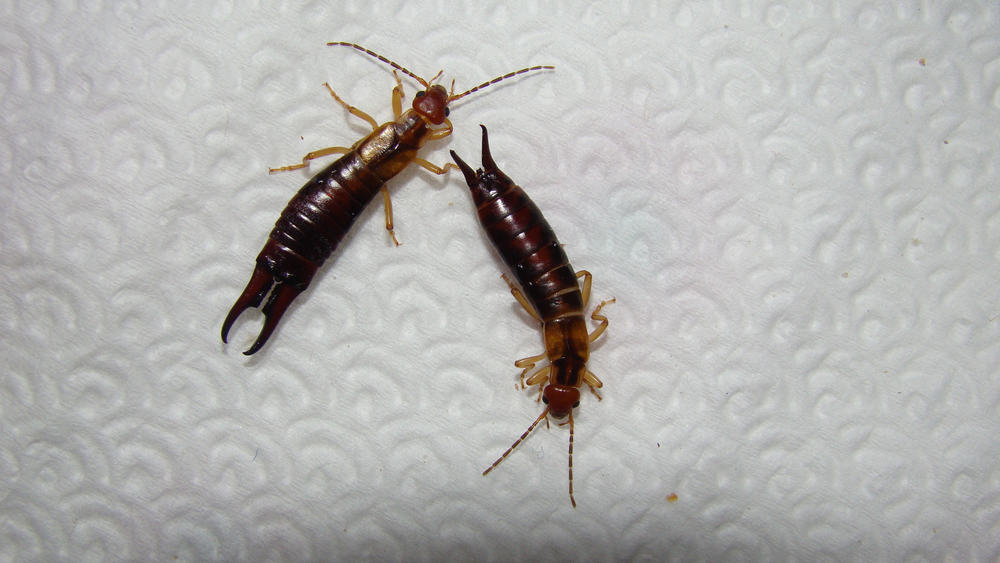When you see an earwig crawling around on the floor or in your garden, your instinct might be to get scared. Earwigs look similar to small cockroaches, except with scary pincers. That’s why people always assume an earwig is out to bite them and feed on their blood.
But did you know that earwigs are quite misunderstood? Contrary to popular belief, earwig bites aren’t bites at all but little pinches on your skin when an earwig gets too close for comfort.
Today, we’ll talk about earwigs and the “bites” they leave on your skin when you get too close to them. We’ll also delve into our top tips for keeping earwigs away so you can avoid the anxiety of getting pinched by these small insects. Keep reading to learn more!
What is an Earwig?
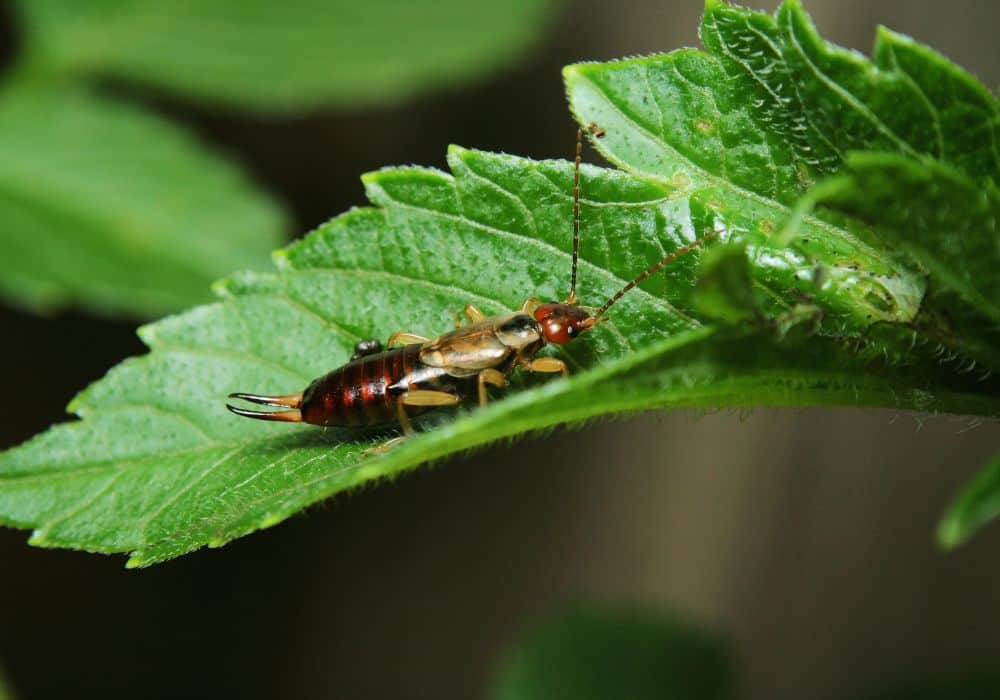
Earwigs are tiny insects in the Dermaptera order. Because of their small size and dark brown color with red marks, you may confuse them for baby cockroaches. However, earwigs are a lot slenderer and more elongated.
At the very bottom of its abdomen, an earwig has small but strong pincers called cerci. They use their pincers to catch prey and pick up food. In males, the cerci have a curved shape and are more separated. Females, on the other hand, have straight and sleek pincers that lay close together.
Learn more about earwigs and what they do with their pincers that look like large forceps in their everyday life through this short, informative video:
Earwigs got their name from a centuries-old myth that these insects crawl into a person’s ear and feed on their brain. Luckily, this is completely false and unfounded.
Instead of feeding on people’s brains and blood, earwigs like to eat vegetables, plants, flowers, and decaying organic matter. They love to stay outdoors, especially in areas that are dark and damp, like in gutters and underneath mulch, old leaves and flowers, and rotting wood.
In colder months, you might see them inside your home. They’ll also gravitate toward dark, damp areas with tons of moisture, such as leaky sinks and faucets, laundry rooms, and bathrooms.
Do Earwigs Bite Humans?
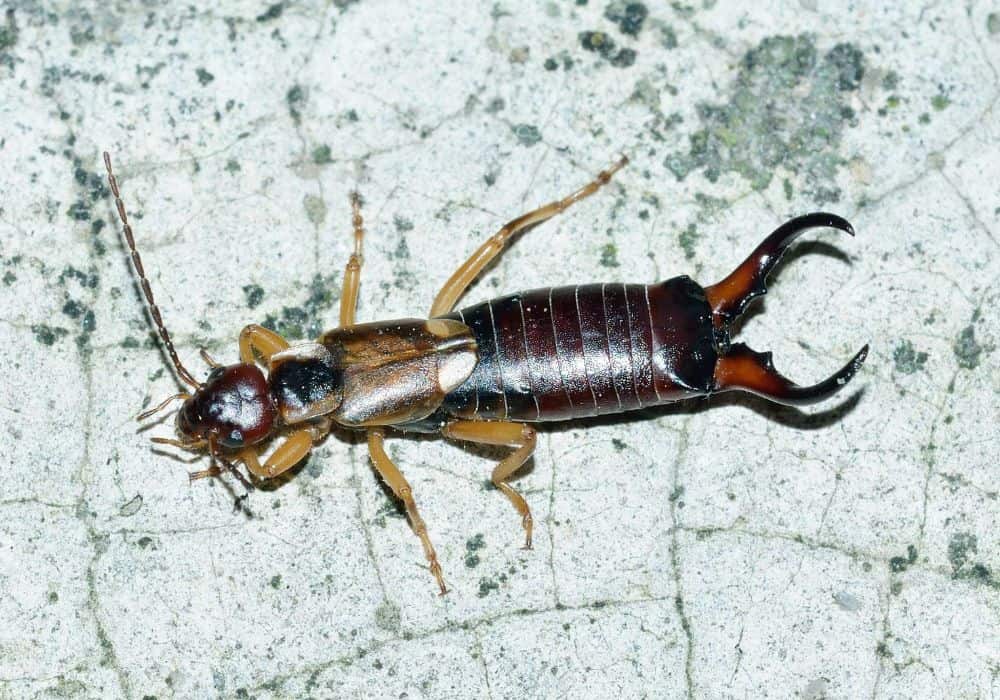
Earwigs look like exactly the type of insect that would bite people. But contrary to popular belief, these bugs don’t bite people. They’re non-aggressive and rarely bite people. Instead, earwigs might pinch your skin with their cerci as a defense mechanism.
Most of the time, an earwig’s pinch will be harmless and give you just the smallest sting. This will leave two red and swollen pincer marks on your skin. Other times, the pinch might be tight enough to cause some very light bleeding from a minor cut or scratch.
But don’t worry—earwig pinches are not venomous. If anything, the most you’ll feel is slight discomfort from the pinch, which will pass quite fast. Even pinches with small puncture wounds are unlikely to develop complications.
Of course, some people (especially those with sensitive skin) might notice slightly more severe skin reactions from an earwig pinch. They might feel some itching at the site of the pinch and some minor irritation in the area for a few hours or days.
Those with skin allergies should also watch out for flare-ups and symptoms of an allergy attack, such as rashes and difficulty breathing.
Why Do Earwigs Pinch People?
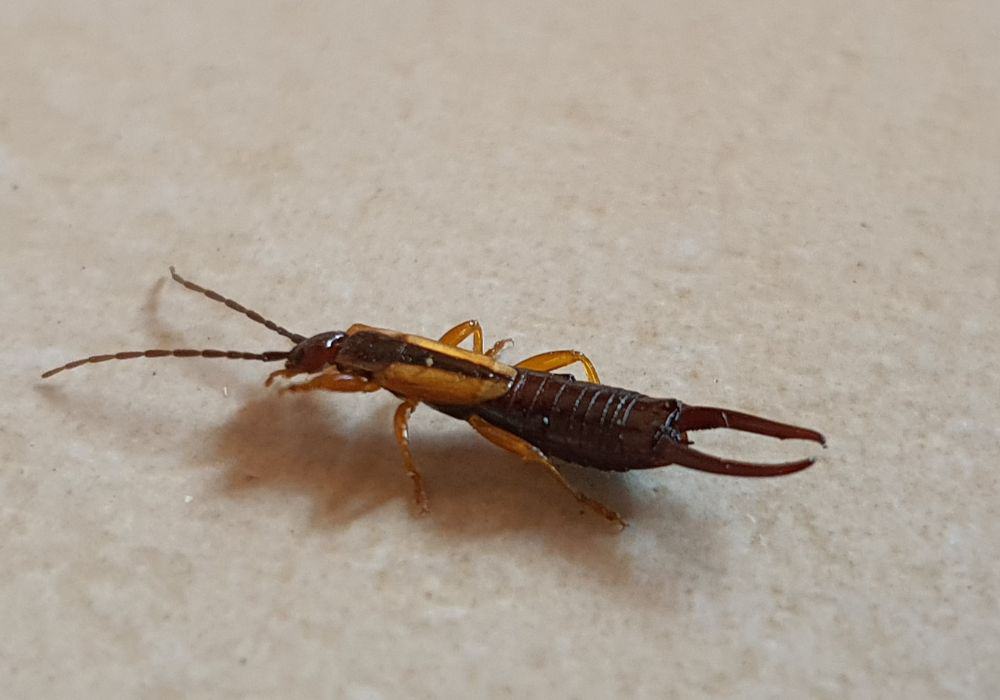
As mentioned, earwigs aren’t aggressive insects. They only usually use their pincers for capturing prey, not for hurting people.
But the main reason why an earwig might pinch your skin is because they feel threatened. Pinching is a self-defense mechanism for them. If they sense that they are in danger or that you are about to touch, pick up, or harm them, they may panic and pinch you.
If you spot an earwig in your garden, it’s best to leave it alone so that it doesn’t pinch you. When handling them to get them out of your home, always be careful and never make direct contact with your skin to avoid getting pinched.
What to Do If You’ve Been Pinched by an Earwig
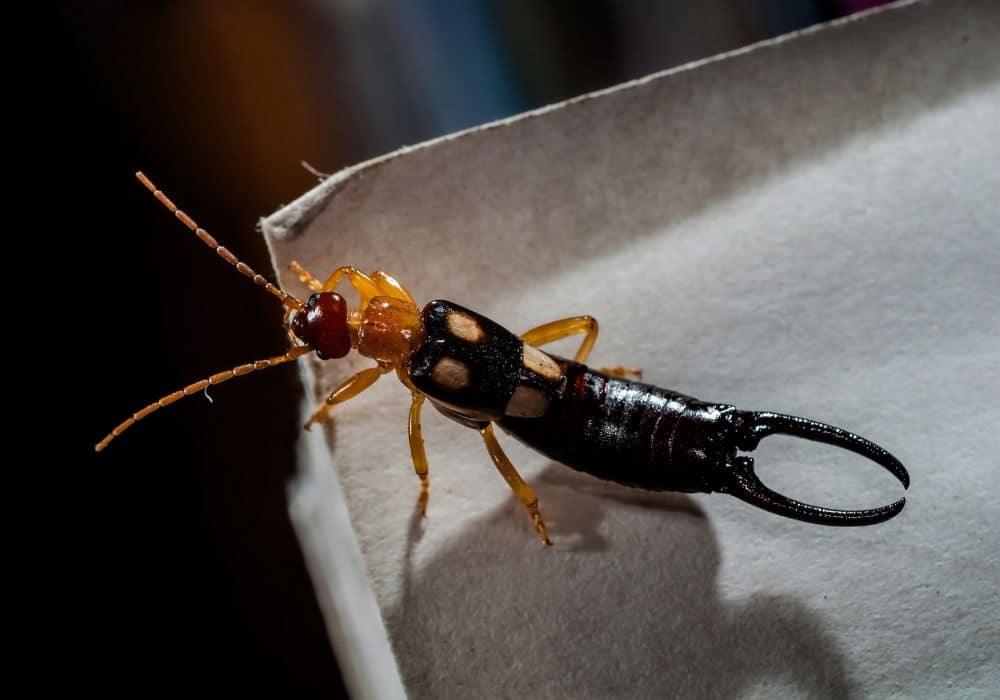
If you’ve been pinched by an earwig and it breaks your skin, causing small wounds or a scratch, perform the same first aid treatment as you would for a minor cut.
The biggest threat to a wound from an earwig pinch is an infection. Remember, earwigs hang around damp, moist places where bacteria and germs may fester.
So, as soon as you see that an earwig pinch has broken your skin, wash the area right away with antibacterial soap and water. You may also want to apply an antibiotic lotion to be extra safe.
If the scratch is quite itchy, feel free to apply petroleum jelly or your favorite anti-itch cream to the area to minimize the swelling and itching. Try not to scratch the area, no matter how itchy it is. This can make the irritation and inflammation worse.
You can also take some over-the-counter pain relievers if the discomfort from the pinch is too distracting.
How to Avoid Getting Pinched by Earwigs
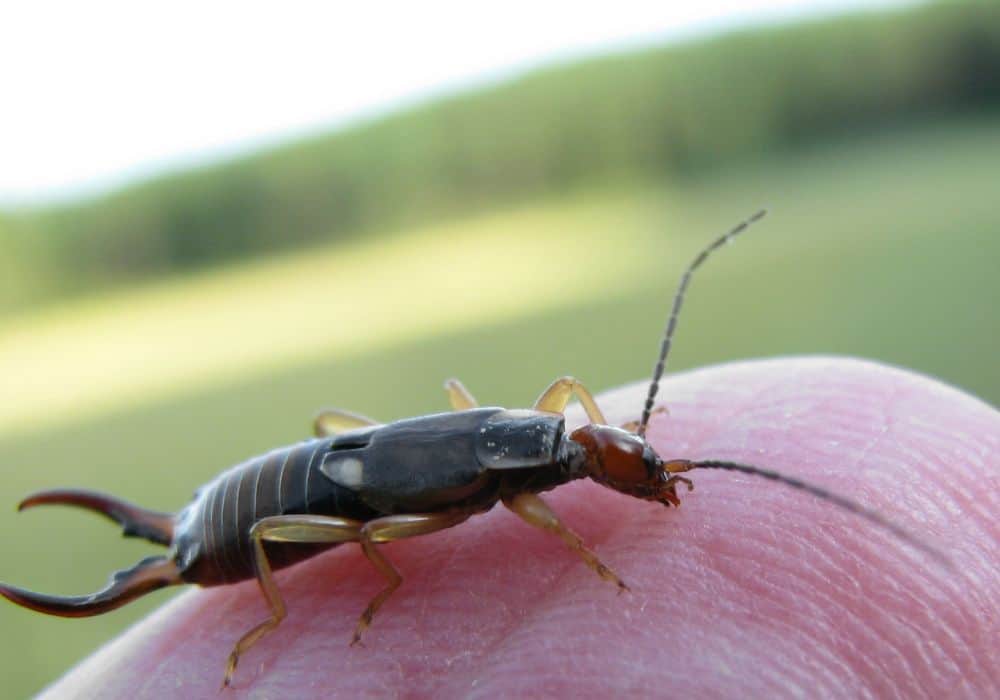
Although getting pinched by an earwig is generally harmless, there’s no denying that these bugs are nuisance pests, especially in the garden. If you want to avoid getting pinched by them, think of a game plan to get rid of the earwigs in your home and garden.
Be conscious of your gardening clothing and gear
If your priority is to avoid getting pinched, make sure you’re extra conscious about what you wear while gardening.
After sitting in one spot tending to plants for some time, shake out your clothes to ensure no earwigs have gotten inside them. If you’re scared of accidentally making contact with an earwig when you touch your plants and crops, consider wearing gardening gloves.
Keep your home and garden clean
Perhaps the best way to get rid of earwigs in your home and garden is by keeping those areas clean.
Always clean up debris, yard waste, lawn clippings, and decaying crops and plants in your garden as soon as you see them. Regularly trim your vegetation in the garden, like shrubs and bushes, to ensure the earwigs don’t make a home in them.
Inside your home, keep the area as dry and clean as possible. Fix leaky faucets and sinks, and never leave stagnant water or dirty dishes sitting anywhere for too long. If you have a pet, make sure to clean up their pet food as soon as they’re done eating.
Use pest control when needed
If you notice that there are more and more earwigs popping up in your garden, it’s a sign that there’s already an earwig infestation in your home. Try spraying pesticide in your garden or sprinkling diatomaceous earth around the area to keep earwigs (and other pests) away.
Enlist the help of natural predators
Inviting predators that feed on earwigs into your garden might also be a terrific way to get rid of them. This is a great idea if you’re trying to build an ecosystem in your garden. You hit two birds with one stone!
Birds can help get rid of earwigs by gobbling them up. If you want to invite birds to your garden, set up some feeders and birdhouses on your patio. Toads can also eat up those pesky earwigs. Create a nice habitat for them by installing a pond nearby.
Set up simple earwig traps
If you’re at your wits’ end about the number of earwigs in your home or garden, set up an earwig trap to kill them once and for all. Not only are earwig traps easy to set up, but they’re also non-toxic and don’t require the use of harsh chemicals. Here’s how to create your earwig trap:
- Take a shallow container (like a bowl or old tuna can) and fill it up halfway with water.
- Add a tablespoon or two of cooking oil to the water. The oil will form a layer on the surface of the water that prevents earwigs from escaping once they get into the trap.
- Add a teaspoon of soy sauce to the mixture. The smell of this sweet sauce will attract earwigs and lure them into your trap.
- Place the bowl in the area where you see earwigs most often. Leave it there overnight.
- The next day, check on the trap to see if you’ve caught any earwigs. There should be a bunch of them in the container.
- These earwigs might not be dead yet. So, pour the mixture into a bigger container of soapy water to ensure that they drown and die.
- Make sure to dispose of the waste properly so as not to attract more pests.
Conclusion
Earwigs don’t bite humans; they only pinch them. So, that red mark you see on your skin after letting an earwig get too close to you is harmless, even if it results in a minor scratch or cut. Just be sure to wash it, apply antibiotic cream, and leave it alone to heal.
Even if earwig bites aren’t harmful or detrimental to your health, they can still cause some anxiety, especially in people who love gardening. Do your best to keep earwigs away by keeping your home clean, using pest control, and setting up traps to kill earwigs.
